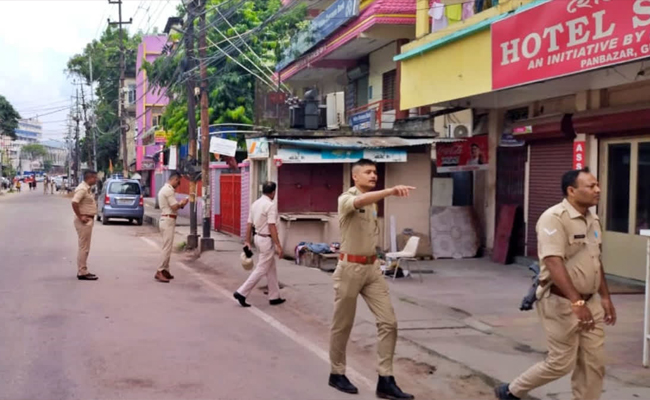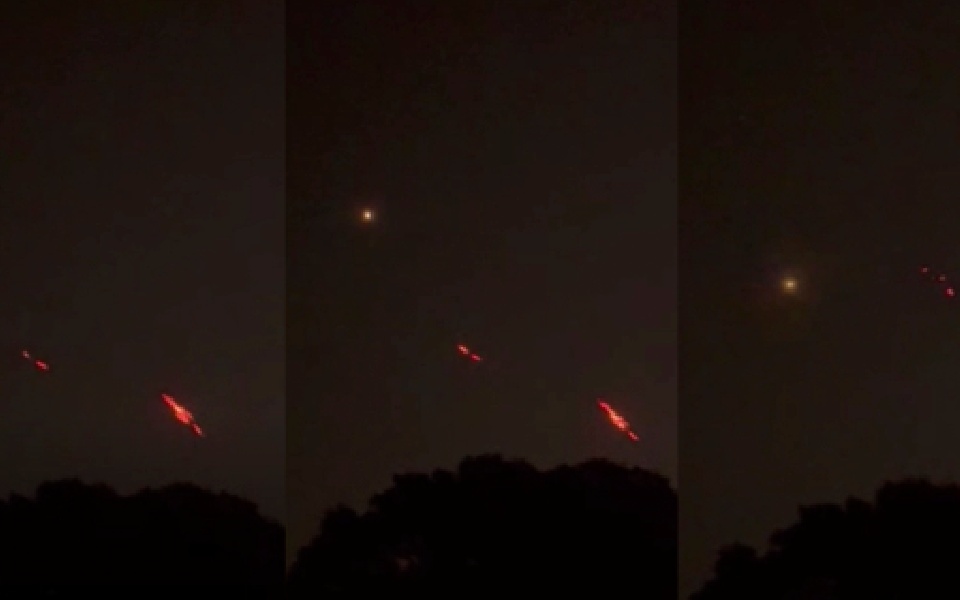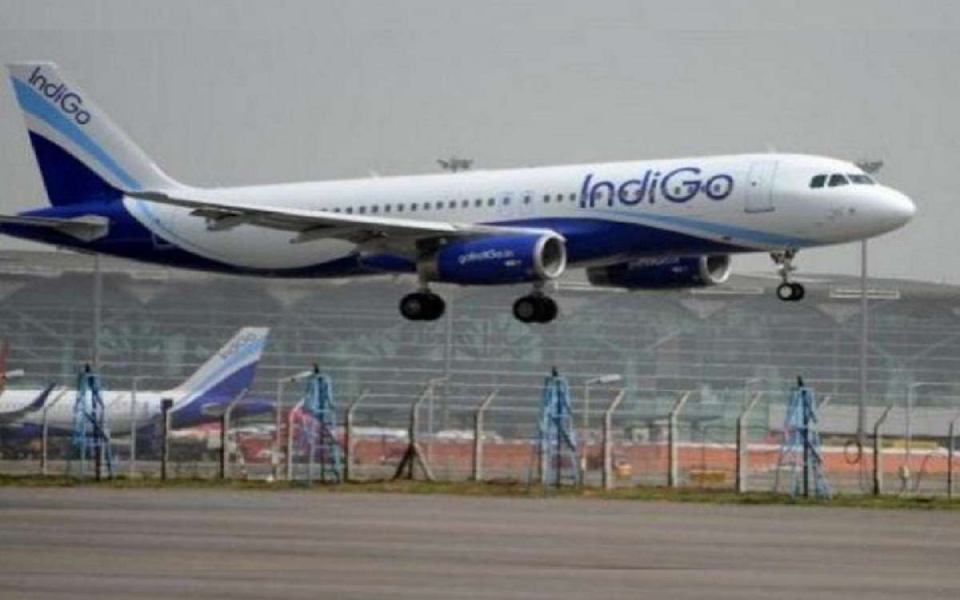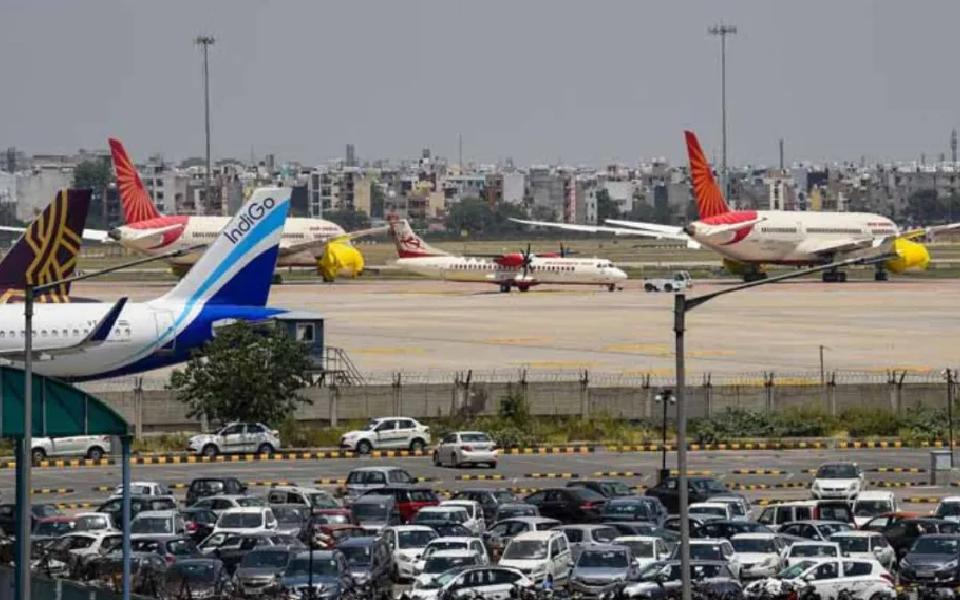Guwahati (PTI): The banned ULFA(I) on Thursday claimed to have planted bombs at 24 places across Assam, prompting the security forces to send teams to look for explosives.
A senior police officer said bomb disposal squads have been rushed to all the places mentioned by ULFA (I) but there is no report of recovery of any bomb or explosive.
In an email purportedly from the United Liberation Front of Asom (ULFA) (Independent) to media houses, including PTI, the terror outfit asserted that the bombs did not blast due to "technical failure".
It gave a list identifying the exact location of 19 bombs and said locations of five more explosives could not be ascertained. It sought public cooperation in defusing the bombs.
When contacted, a senior officer at Assam Police headquarters told PTI that all the SPs of the districts, especially those mentioned in the list by the anti-peace talk faction of ULFA, have been alerted and asked to carry out a thorough search of the areas.
"Bomb disposal squads, metal detectors and sniffer dogs have been dispatched to every location. So far we have not got any information on recovery of bombs," he added.
However, some local police officials in Nagaon, Lakhimpur and Sivasagar claimed that they have recovered some "bomb-like materials" from the spots.
Out of the 24 locations, eight places are in Guwahati. These include an open field at Last Gate in Dispur, near Assam Chief Minister Himanta Biswa Sarma and other ministers' official residences.
Another place is the Satgaon road towards the Army cantonment in Narengi in Guwahati. Apart from these, Ashram Road, Panbazar, Jorabat, Bhetapara, Maligaon and Rajgarh in the capital city have also been mentioned as the spots of bombs.
Places have been named in Sivasagar, Dibrugarh, Lakhimpur, Nagaon, Nalbari, Tamulpur, Tinsukia and Golaghat districts also where ULFA(I) claimed to have planted bombs.
Police have closed all roads in and around the places mentioned in the mail. Senior police officials have rushed to all the places and are monitoring the search operations.
Let the Truth be known. If you read VB and like VB, please be a VB Supporter and Help us deliver the Truth to one and all.
Jammu, May 12 (PTI): Security forces are engaging suspected drones observed along the International Border in Samba district of Jammu region on Monday, an Army said.
This fresh incident of drone activity along the borderline comes barely hours after Prime Minister Narendra Modi’s first address to the nation following Operation Sindoor and the meeting of the DGMOs of India and Pakistan.
The Army, however, said there is no need to be alarmed.
“A small number of suspected drones have been observed near Samba in J&K. They are being engaged,” it said.
In the backdrop of the situation, several areas witnessed blackouts in Samba, Kathua, Rajouri, and Jammu.
Lights were switched off at the cave shrine of Mata Vaishno Devi and along its track as a precautionary measure, sources said.
On Monday, talks between the DGMOs were held during which issues related to the continuing commitment that both sides must not fire a single shot or initiate any aggressive or inimical action against each other were discussed, the Indian Army said.
It was also agreed that both sides would consider immediate measures to ensure troop reduction along the borders and in forward areas, it added.
The situation remained largely peaceful across Jammu and Kashmir, with no incidents of ceasefire violation reported along the Indo-Pak border Sunday overnight — marking the first calm night after 18 days of hostilities following the Pahalgam terror attack that left 26 people — mostly tourists — dead.
India and Pakistan on Saturday reached an understanding to cease all firing and military actions on land, air, and sea with immediate effect, following four days of intense cross-border drone and missile strikes that brought the two countries to the brink of full-scale war.
Eighteen days of intense hostilities following the Pahalgam terror attack and Operation Sindoor, which brought India and Pakistan to the brink of war, ended with a ceasefire that restored calm along the Line of Control, the International Border, and the hinterland in Jammu and Kashmir. The Army thwarted Pakistan’s Hamas-style kamikaze drone attacks during the escalation.
Since the night of April 24, hours after India suspended the Indus Waters Treaty in response to the Pahalgam terror attack, Pakistani troops repeatedly targeted Indian positions along the LoC — beginning in the Kashmir Valley and quickly expanding to the Jammu region.
The latest hostilities began in the northern districts of Kupwara and Baramulla in the Kashmir Valley, before spreading southwards to Rajouri, Poonch, Akhnoor, and the Pargwal sector along the International Border in Jammu district. The firing affected five border districts — Baramulla, Kupwara, Poonch, Rajouri, and Jammu.
The recent round of cross-border firing further undermined the ceasefire agreement reached in February 2021, which has largely been seen as ineffective due to Pakistan’s frequent violations along the 740-km-long LoC.
The April 22 terror attack, which claimed the lives of 26 people — mostly tourists — in Pahalgam’s Baisaran valley, triggered a strong response from the central government.
The India-Pakistan border stretches over 3,300 kilometers, divided into three segments: the International Border (IB), spanning about 2,400 km from Gujarat to Akhnoor in Jammu; the 740-km-long Line of Control (LoC) that divides Jammu and Kashmir; and the 110-km-long Actual Ground Position Line (AGPL), which separates the Siachen Glacier region.
WATCH: OP Sindoor continues. Minutes after PM Speech.
— Rahul Shivshankar (@RShivshankar) May 12, 2025
A small numbers of suspected drones being observed near Samba in J&K. Being engaged . pic.twitter.com/jmGmRkmQ26





